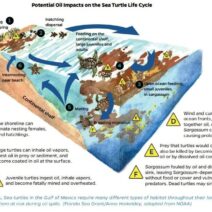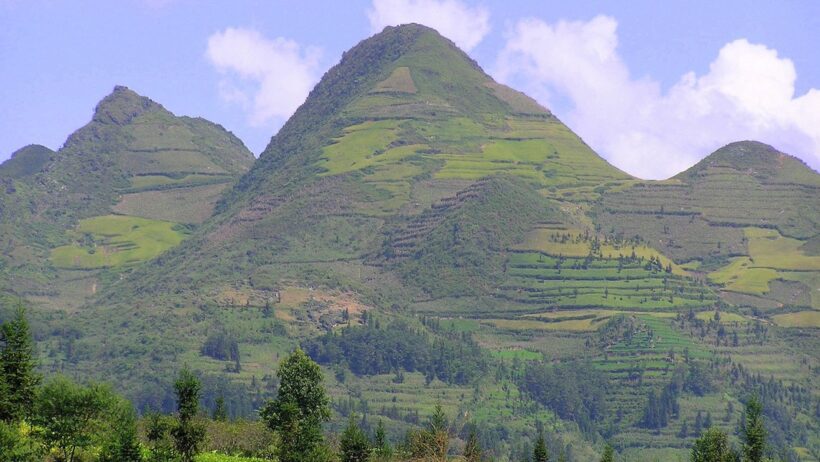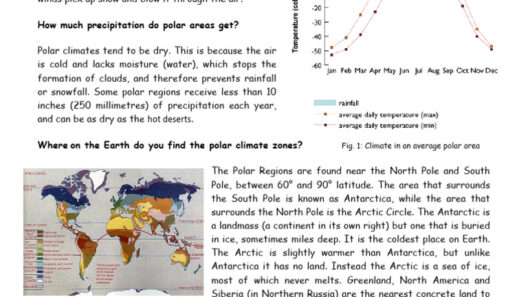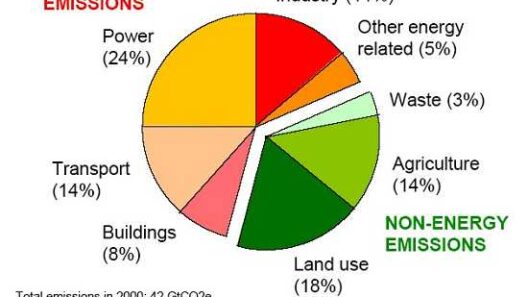The climate of Vietnam is a fascinating tapestry woven from diverse meteorological phenomena that create the backdrop for the country’s rich ecological landscapes. Dominated by monsoonal influences, Vietnam experiences a climate that ranges from tropical in the south to temperate in the north, impacting not only the weather patterns but also the agricultural practices, biodiversity, and the overall lifestyle of its populace.
Vietnam’s climate is characterized primarily by its two main seasons: the wet and dry seasons, both significantly shaped by the monsoon winds. The onset of the Southeast Asian monsoon marks a pivotal transformation in the weather patterns, bringing about significant precipitation, humidity, and a surge in vegetation.
Monsoons: The Driving Force of Climate
The monsoon system in Vietnam is bifurcated into the southwest and northeast monsoons, which alternate throughout the year. The southwest monsoon typically commences from May to October, heralding the arrival of the rainy season. This phase is crucial for agriculture, as the monsoon rains replenish rivers and aquifers, fostering an environment for rice cultivation and the growth of other agricultural products.
Conversely, the northeast monsoon blows from November to March, bringing cooler and drier weather, particularly in the northern regions. During this period, temperatures can dip significantly, especially in the mountainous areas where frost can occasionally form. This season is often marked by the stark contrast between the aridness in the north and the tropical wetness experienced in the southern provinces.
Temperature Variations Across Regions
The temperature in Vietnam is notoriously heterogeneous, influenced by its topography and geographical location. In the north, particularly in areas such as Hanoi and the mountainous terrain of Sapa, temperatures can drop as low as 10°C (50°F) during winter months, while summer temperatures can soar above 35°C (95°F), accompanied by high humidity levels.
In stark contrast, southern Vietnam, including vibrant cities like Ho Chi Minh City, maintains a tropical climate throughout the year. Here, average temperatures hover around 25°C to 30°C (77°F to 86°F) with minimal fluctuations. The south enjoys a more consistent weather pattern but remains equally susceptible to the torrential downpours typical of the monsoon season.
Lush Greenery: Ecosystems Thriving in Diversity
The climatic dichotomy across Vietnam directly contributes to its extraordinary biodiversity. The country boasts an array of ecosystems, from the verdant rice terraces in the northern highlands to the dense mangrove forests of the Mekong Delta. This biological wealth is not merely a byproduct of climate; it is intricately linked to the seasonal cycles dictated by the monsoons.
One cannot overlook the magnificent biodiversity found within Vietnam’s national parks, such as Phong Nha-Kẻ Bàng, which harbors a plethora of species that thrive in the humid subtropical climate. The lush green landscapes are not just visually stunning—they play a vital role in carbon sequestration and maintaining ecological balance. The rich flora includes towering trees that form canopies, myriad shrubs, and a variety of flowering plants; all of which contribute to the habitat for numerous fauna, some of which are endemic to the region.
Impact of Climate Change
While Vietnam’s climate has blessed it with verdant landscapes and fertile ground, it has also rendered the country vulnerable to the impacts of climate change. Rising temperatures, erratic rainfall patterns, and increasing frequency of extreme weather events pose threats to its ecosystems and agriculture. Coastal regions are particularly susceptible to rising sea levels, which jeopardize livelihoods and local biodiversity.
Agricultural practices, primarily reliant on the predictable cycles of monsoons, are being adversely affected. This unpredictability risks not only food security but also economic stability for millions of farmers. The nuances of climate change compel a reevaluation of traditional farming methods, as the urgency to adapt becomes paramount in ensuring resilience against these changes.
The Cultural Landscape: Climate and Lifestyle
The interplay between Vietnam’s climate and its culture is equally compelling. Traditional Vietnamese life intimately links to seasonal cycles, a symbiosis built over centuries. Festivals and rituals often celebrate harvests and seasonal transitions, reflecting the agrarian roots deeply embedded in the Vietnamese identity.
Moreover, architecture in Vietnam commonly reflects the climatic conditions—houses are often elevated to withstand flooding, while wide eaves and ventilated spaces create a cooler indoor environment to combat the tropical heat. The cultural perception of seasons also influences culinary practices; dishes vary with the climate, celebrating the bounty of the land throughout the year.
Conclusion
The climate of Vietnam is a crucial component of its identity, affecting not just the environment but also the economy and culture. Understanding the intricate dynamics of monsoons, temperature variations, and the implications of climate change is essential for fostering sustainable practices moving forward. As a nation deeply intertwined with the cycles of nature, Vietnam exemplifies the profound relationship humans share with our environment, emphasizing the necessity for conservation and adaptation in the face of an evolving climate.








